The Buddhist pillar is made of a single block of green stone weighing 4.5 tons and has stood the test of time for over 1,000 years.
Located in the Hoa Lu Ancient Capital relic complex, Truong Yen commune, Hoa Lu district ( Ninh Binh ), the ancient Nhat Tru pagoda was built in the 10th century. The pagoda is named Nhat Tru because in front of the pagoda there is a Buddhist scripture pillar (Lankavatara Sutra) made of monolithic green stone about 300 million years old.
According to records, the Buddhist pillar at Nhat Tru Pagoda was erected by King Le Dai Hanh-Le Hoan (941-1005) in 995. On the stone pillar are also inscribed the words "Created by Emperor Thang Binh's disciple" (Emperor Thang Binh, that is, King Le Hoan).

Nhat Tru ancient pagoda was built in the 10th century.
The Buddhist pillar was recognized as a national treasure in 2015. The pillar is 4.16m high, weighs 4.5 tons, and has 8 sides. The pillar has 6 parts, all made of stone and assembled together by hand-made joints, standing vertically on the ground, including: square base, round base, octagonal body, octagonal base, octagonal base, and lotus top.
The octagonal column body is made of a single block of green stone, larger at the top and smaller at the bottom, and is 2.37m high. Both ends of the column body have a prong inserted into the base and an octagonal plate. The eight sides of the octagonal body are polished smooth, engraved with about 2,500 Chinese characters.



Tourists visit the temple
After more than a thousand years, many letters have faded, making the text unreadable. Only about 1,200 letters can still be read and identified.
The sides of the pillar are engraved with the Shurangama Sutra and some verses praising the virtues and talents of the Buddha, praying for national peace and prosperity, and a strong royal court.
According to the people of Yen Thanh village, the sutra pillar was placed outdoors in the past. To avoid the weather's influence on the patterns and Chinese characters on the stone pillar, a Nghinh Phong pavilion was solidly built with 16 ironwood pillars to protect the sutra pillar. The pavilion was built in the traditional curved roof architecture like ancient communal houses and pagodas in Vietnam.


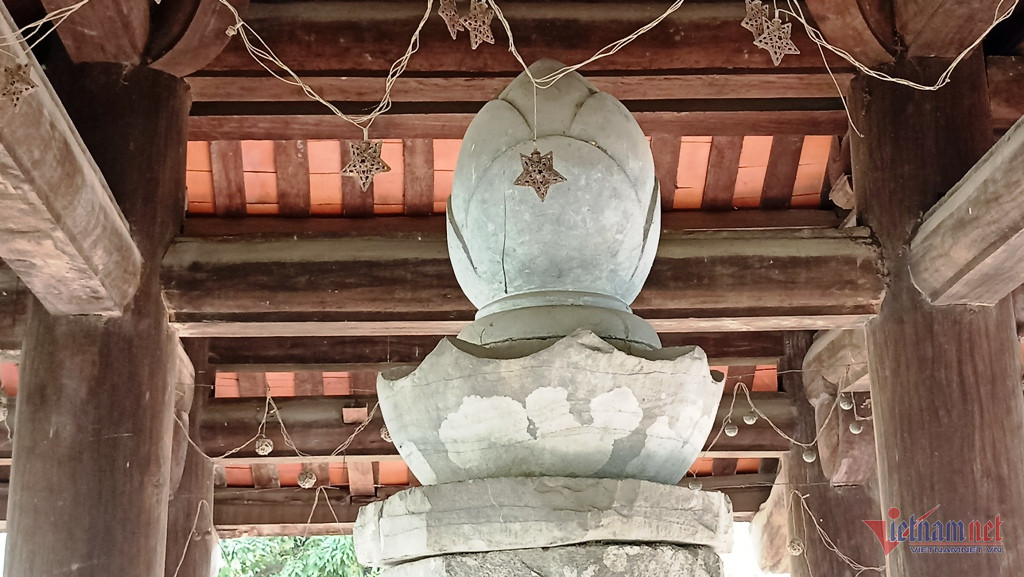
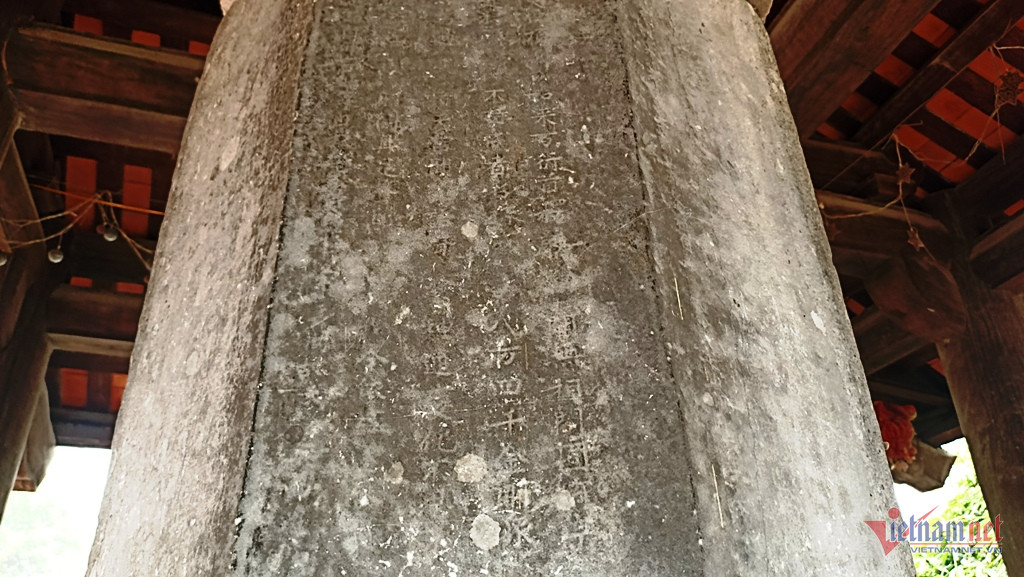
Nowadays, many of the inscriptions on the pillars have faded and are no longer readable.
The Buddhist pillar is a unique artifact with a unique structure and delicate decorative motifs, demonstrating the quintessence of the art of carving and stone carving of our ancestors in ancient times and has great historical and cultural value.
Mr. Nguyen Van Giang (tourist) said, "I really admire our ancestors who used primitive tools to carve letters into stone, craft stone, and decorate with delicate motifs... on Buddhist pillars."
According to Mr. Giang, through many ups and downs, the Buddhist scriptures still stand the test of time. This is a treasure that our ancestors passed down to their descendants, both in terms of historical and cultural value.
Currently, every day Nhat Tru Pagoda welcomes a large number of domestic and international tourists to visit and offer incense.
It is known that from the time the Buddhist pillar was erected until now, it is still in its original position and the pillar is also the first recognized national treasure of Ninh Binh.
Tran Nghi
Vietnamnet.vn


















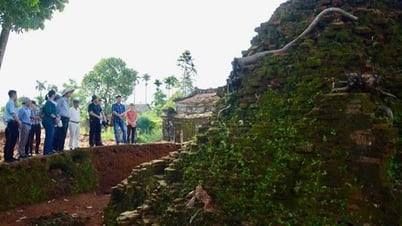


















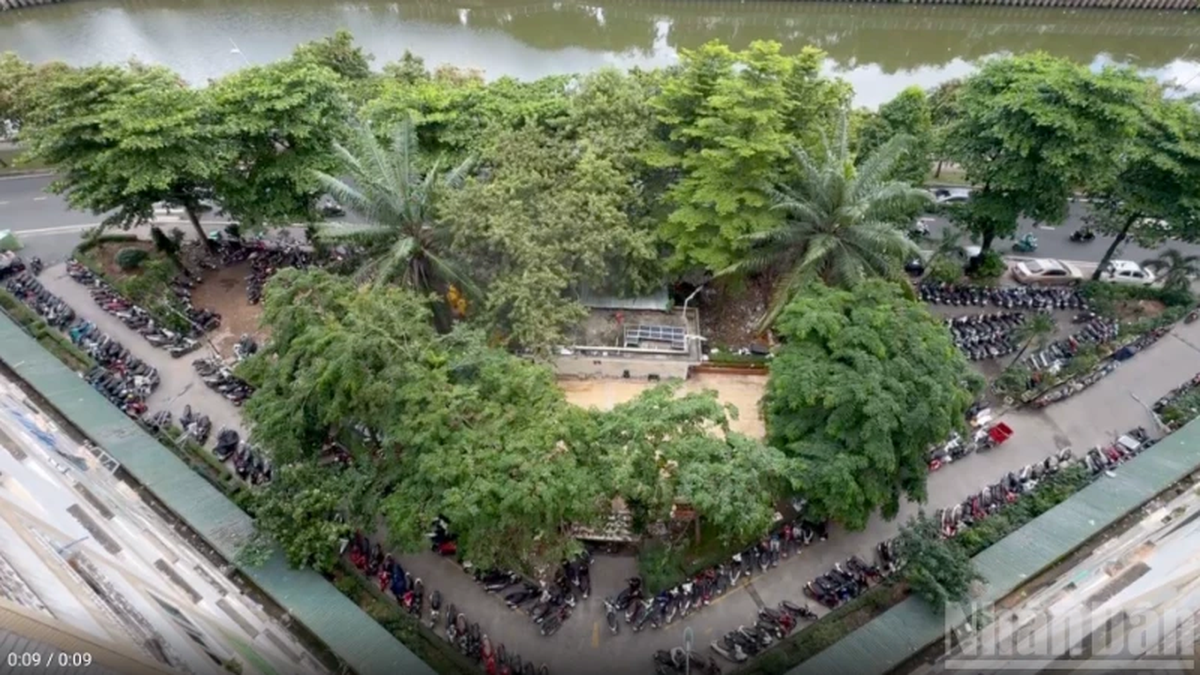
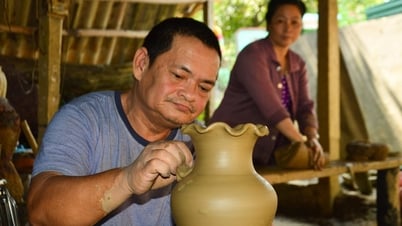
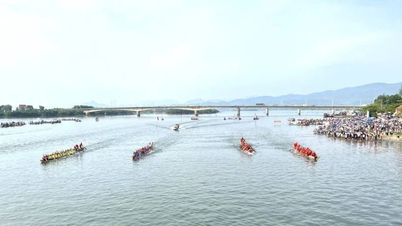

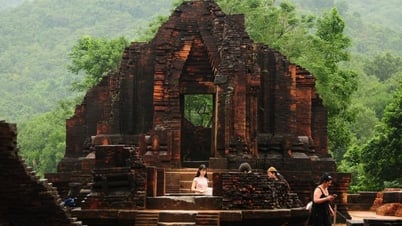
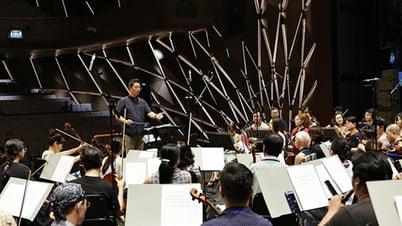
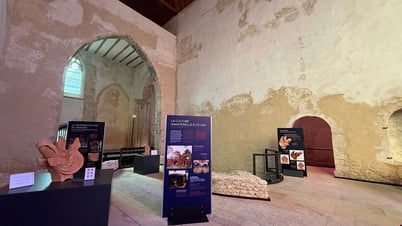


















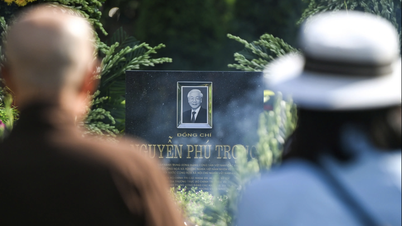












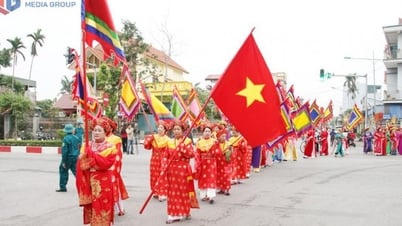
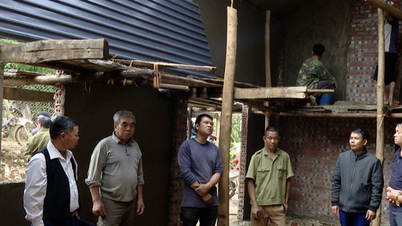
















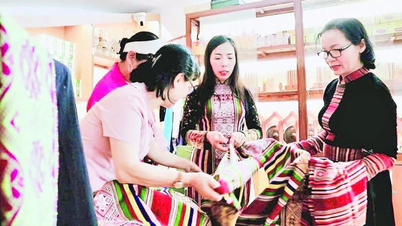




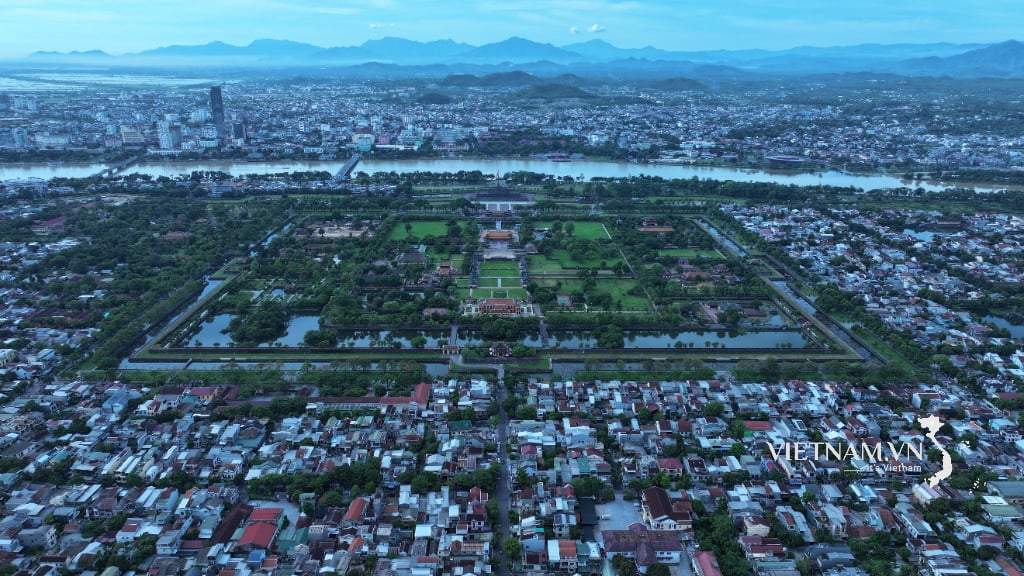

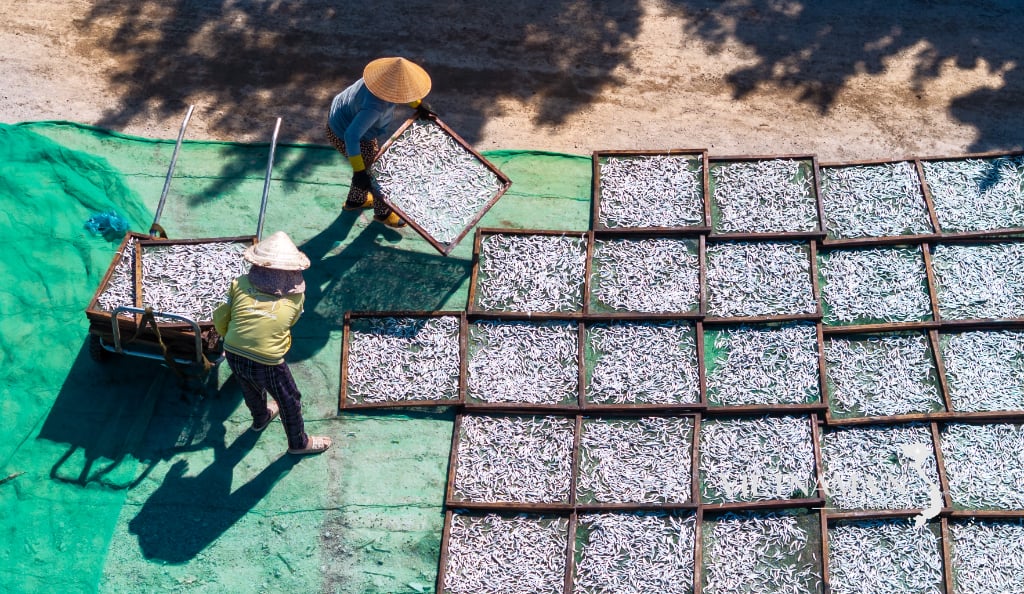
Comment (0)